- Russian researchers have outlined several ways technological resurrection may be possible in the future, including a method called digital immortality: restoration based on recordings.
- In this method, a superintelligent AI uses the cosmic Dyson Sphere megastructure to harness computing energy from the sun.
- Humans can’t build a Dyson Sphere—yet—but the researchers say nanorobots could one day do the job.
Imagine this: In the far, far future, long after you’ve died, you’ll eventually come back to life. So will everyone else who ever had a hand in the history of human civilization. But in this scenario, returning from the dead is the relatively normal part. The journey home will be a hell of a lot weirder than the destination.
➡ You love weird f#@!-ing science. So do we. Let’s nerd out over this stuff together.
Here’s how it will go down: A megastructure called a Dyson Sphere will provide a superintelligent artificial agent (AI) with the enormous amounts of power it needs to collect as much historical and personal data about you, so it can rebuild your exact digital copy. Once it’s finished, you’ll live your whole life (again) in a simulated reality, and when the time comes for you to die (again), you’ll be transported into a simulated afterlife, à la Black Mirror’s “San Junipero,” where you’ll get to hang out with your friends, family, and favorite celebrities forever.
Yes, this is mind-boggling. But someday, it might also be very real.
This is Plan C of the “Immortality Roadmap,” a project on which Russian transhumanist and life extensionist Alexey Turchin has been working since 2014. Turchin recently laid out the details in a paper he published with fellow transhumanist Maxim Chernyakov called “Classification of Approaches to Technological Resurrection.” (Plans A, B, and D involve life extension, cryonics, and quantum immortality, respectively. You can find arguments justifying how each can lead to immortality in the paper.)
When Turchin was 11 years old, a girl in his class died. The experience planted the first seeds of the possibility of eternal life in his young mind. “I started to think in science-fiction terms about what could be done,” Turchin tells Pop Mech.
In 2007, he became a member of the Russian Transhumanist Movement, a community that works to prepare Russians to embrace the technologies that will help them transcend their current physical and mental limitations. Turchin cofounded Russia’s first transhumanist political party in 2012, and for the last few years, he’s been perfecting his Immortality Roadmap and proactively recording every tidbit of his life.
Turchin is recording and keeping diaries of every dream, conversation, and daily experience he has. This practice of “ubiquitous surveillance”—throughout which Turchin says he even records his own biases—is necessary because the superintelligent AI needs to subject future resurrectees to the exact same developmental conditions they went through when they lived for the sake of their “authenticity,” he says.
Once the AI creates your precise digital copy, anything is possible—even restoration to biological life, says Turchin. The AI will doggedly search for your DNA—it will even dig up your grave—because only then will it be able to create a clone of your physical body, wherein your digital copy will find its temple.
This content is imported from {embed-name}. You may be able to find the same content in another format, or you may be able to find more information, at their web site.
Now take the singular example of digital immortality and multiply it to the scale of the billions of people who have ever lived, accounting for many copies of the same simulation with different variants of how things could develop, which will exponentially grow with any choice they make at the same time. There’s no way Earth’s power output could provide us with the computational resources for this endeavor. We need the sun. Better yet, we need a Dyson Sphere around the sun.
The late physicist Freeman Dyson proposed his megastructure concept in a 1960 Science paper, “Search for Artificial Stellar Sources of Infrared Radiation.” The gist: It’s a hypothetical shell encircling the sun to harness a large part of the majestic 400 septillion watts per second of energy our star emits on any given day. That’s on the order of a trillion times our current worldwide energy usage.
Think of a Dyson Sphere as many separate satellites with separate orbits, as one enormous structure would be gravitationally unstable, says Turchin. He envisions the megastructure as a fleet of black or slightly orange solar farms, bonded together into a staggering 300 million-kilometer shell around the sun. It will be the ultimate alien megastructure, one that will signal the passage of our species from a planetary species to an interstellar one.
This content is imported from YouTube. You may be able to find the same content in another format, or you may be able to find more information, at their web site.
There’s just one small problem: We can’t actually build such a thing.
“An actual sphere around the sun is completely impractical,” Stuart Armstrong, a research fellow at Oxford University’s Future of Humanity Institute who has studied megastructure concepts, previously told Pop Mech.
The tensile strength needed to prevent the Dyson Sphere from tearing itself apart vastly exceeds that of any known material, Armstrong said. Plus, the sphere wouldn’t gravitationally bind to its star in a stable fashion. If any part of the sphere were nudged closer to the star—say, by a meteor strike—then that part would be pulled preferentially toward the star, creating instability.
➡ Gear We Love: The Best Telescopes for Stargazing
Okay, so humans can’t construct a Dyson Sphere (yet). “But nanorobots could do it,” Turchin says. The baby bots could start mining a small planet for iron and oxygen, and use these resources to create a reflective hematite surface around the sun.
Even if machines pitch in and solve the problem of how to harness all that energy, however, the concept of digital resurrection still doesn’t sound feasible to Stephen Holler, an associate professor of physics at Fordham University.
“I don’t think you could subject somebody to the same developmental conditions they had in life, because that presupposes you know all their developmental conditions, from the guy who picked on that person that day when they were very young to what day the person received that award,” Holler tells Pop Mech.
“There are many things we don’t know that historically molded the way a person’s life turned out,” says Holler. “Those aren’t part of any record, making it a very hard thing to resurrect somebody.”
A digital twin, then, is probably more likely than a digital self. But is your digital twin really you? Well, sort of.
“It’s you up until the point that you download it,” says Holler. “After that, it evolves into a different person. It becomes a new entity. The digital copy will always be divergent from the biological copy.”
Kelly Smith, professor of philosophy and biological sciences at Clemson University who researches the social, conceptual, and ethical issues surrounding space exploration, sees manufacturing a mammoth Dyson Sphere as more of a political problem than an engineering challenge.
“All of humanity would have to work on it for 100 years,” Smith tells Pop Mech. But people have evolved to be short-term thinkers, preoccupied with matters of profit and loss in their short lifetime. “Who’s gonna want to devote their whole life to building something that will benefit neither them nor their children, nor their children’s children, nor their children’s children’s children, but humans living 1,000 years from now?” he wonders.
Plus, even if we developed all kinds of advanced technology and uploaded our personality onto a computer powered by a Dyson Sphere, we’d still be talking about a very large extension of the human lifespan—not immortality. Blame entropy: “The star that’s powering the Dyson Sphere is going to go supernova at some point, so there goes our power source,” Smith says.
Smith shares Holler’s concerns about the challenges of replicating the exact developmental conditions for the creation of a human being. “There’s no way we can do that right now, no matter how proactively we record our life,” he says.
Over the billions of years a simulation might run, errors can surely creep into the computer code. “We may end up essentially duplicating 90 percent of someone, but is the result the same?” Smith asks. “I don’t know how happy I would be to know that a copy of myself that is 80 percent similar to me is going to survive forever.”
Turchin, the man behind Plan C, is also bothered by this problem, though he says it’s more of a philosophical dilemma than a physical conundrum: “If a copy is sufficiently similar to its original to the extent that we are unable to distinguish one from the other, is the copy equal to the original?”
No, Turchin’s Plan C for immortality can’t bring humans back in the way Abrahamic religions, which encompass the concept of a soul, can. But with the help of a colossally big Dyson Sphere and friendly AIs, digital resurrection is the next best thing, he says.
Think about the end of your life and what might happen next. There are two possible outcomes: If your soul exists, you continue on after death and everything is wonderful. And if it doesn’t and your fate is utter demise, well, some part of you could still continue infinitely as a digital copy. “It’s a win-win situation in both scenarios,” Turchin says.
🎥 Now Watch This:
Additional reporting by Adam Hadhazy
This content is created and maintained by a third party, and imported onto this page to help users provide their email addresses. You may be able to find more information about this and similar content at piano.io
"popular" - Google News
March 10, 2021 at 08:31PM
https://ift.tt/3vcHs3d
A Dyson Sphere Could Bring Humans Back From the Dead, Researchers Say - Popular Mechanics
"popular" - Google News
https://ift.tt/33ETcgo
Shoes Man Tutorial
Pos News Update
Meme Update
Korean Entertainment News
Japan News Update
Bagikan Berita Ini
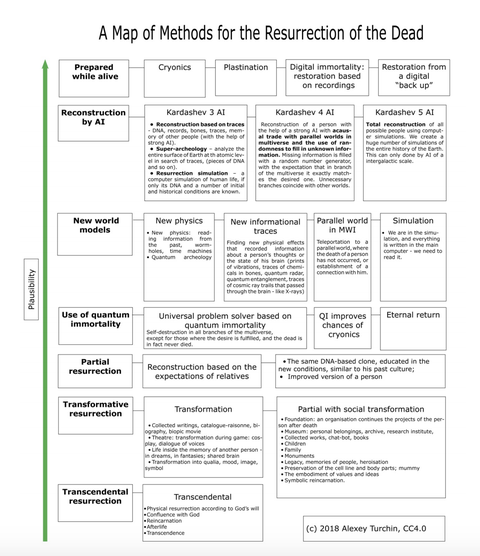







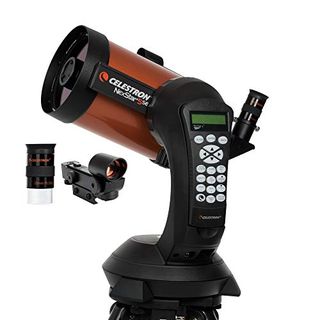

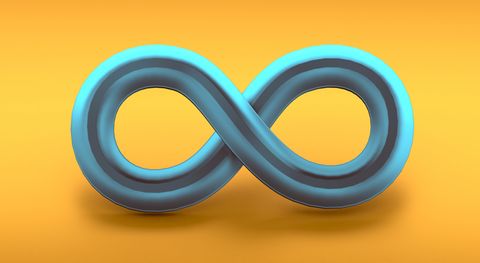
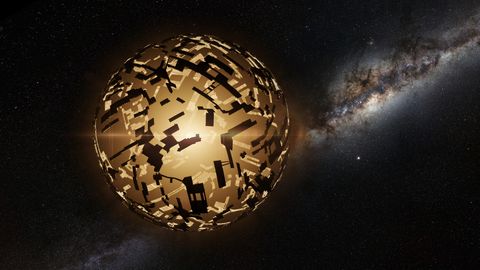
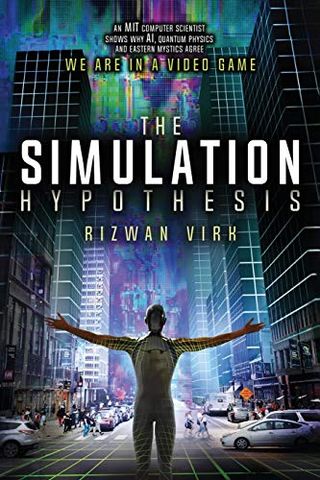


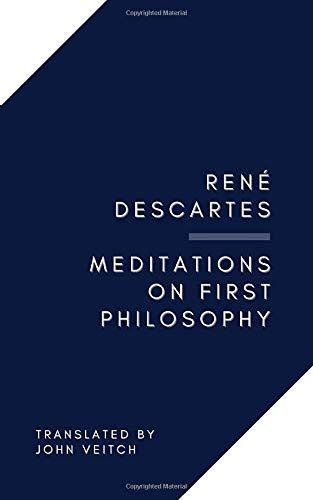














0 Response to "A Dyson Sphere Could Bring Humans Back From the Dead, Researchers Say - Popular Mechanics"
Posting Komentar